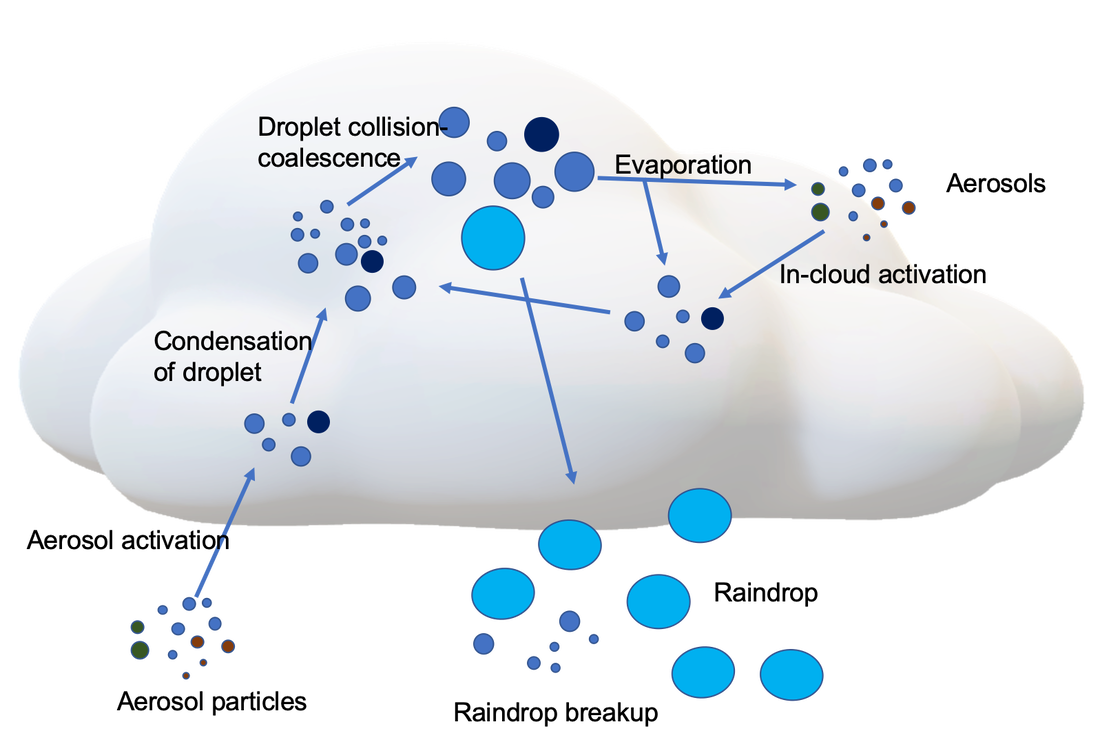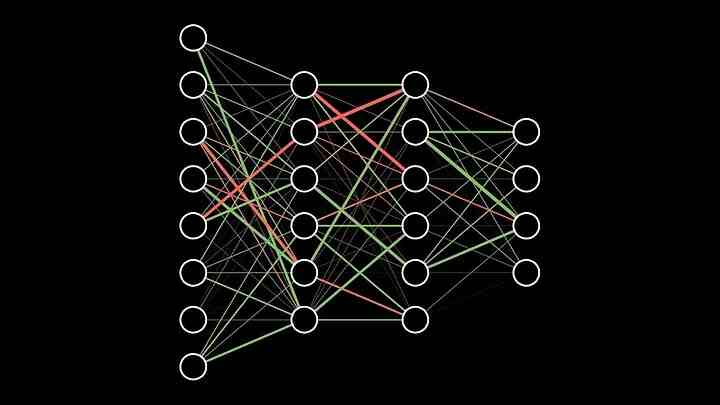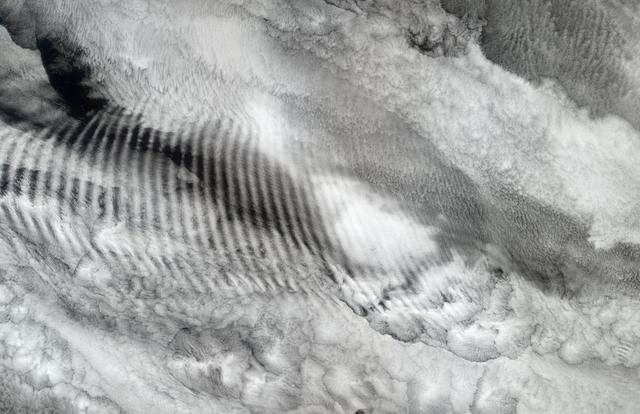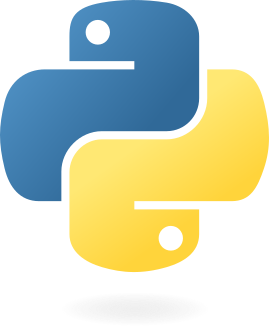(ML) Parameterisations: Some Software Considerations
2024-07-08
Precursors
Slides and Materials
To access links or follow on your own device these slides can be found at:
jackatkinson.net/slides
Licensing
Except where otherwise noted, these presentation materials are licensed under the Creative Commons Attribution-NonCommercial 4.0 International (CC BY-NC 4.0) License.
Vectors and icons by SVG Repo under CC0(1.0) or FontAwesome under SIL OFL 1.1
Parameterisations
Parameterisations (literature)
To paraphrase Easterbrook (2023) a parameterisation is:
“A mini-model reducing a complex set of equations or processes to represent what is hapenning within each grid cell.”


Microphysics by Sisi Chen Public Domain
Globe grid with box by Caltech under Fair use
Parameterisations (literature)
To paraphrase Easterbrook (2023) a parameterisation is:
“a mini-model reducing a complex set of equations or processes to represent what is hapenning within each grid cell.”


Microphysics by Sisi Chen Public Domain
Globe grid with box by Caltech under Fair use
Parameterisations (literature)
To paraphrase Easterbrook (2023) a parameterisation is:
“Each handles a different process to be tested on its own before coupling back to the dynamic core.”
Parameterisations (literature)
To paraphrase Easterbrook (2023) a parameterisation is:
“regularly updated or replaced as modellers improve their understanding and find better methods.”
Parameterisations (reality)
Paper published with equations
Simple standalone test written
Plot of online deployment in a GCM
Missing key details
- order of operations
- numerical considerations
- scheme switching
- barrier to reproducibility


RSE Unicorn designed by Cristin Merritt.
Parameterisations (reality)
Parameterisations are often written tightly into models1
- Global variables
- Custom data structures
As a result parameterisations are often (re)-implemented for specific models.
- Barrier to:
- reusability
- scientific progress.
Some Suggestions
- Publish the standalone parameterisation code
- Include implementation details
- Isolate, coupling through interfaces1
- Provide a clear API of expected:
- variables, units, and grid/resolution
- appropriate parameter ranges
- Provide a clear API of expected:
ML Parameterisation
ML Parameterisation

Challenges:
- Portability
- Reproducibility
- Physical compatibility
- Language interoperation
ML parameterisations in CAM
Convection
- With Paul O’Gorman (MIT) and Judith Berner (NCAR)
M2LInES - Precipitation is tricky in GCMs
“too little too often” - Train in high-res. convection-resolving model
Gravity Waves
- With Pedram Hassanzadeh and Qiang Sun (Chicago) and Joan Alexander (NWRA) - DataWave
- Gravity waves are challenging to represent accurately in GCMs
- Train in high-res. WRF model
(data-driven in future?)


Gravity waves by NASA/JPL - Public Domain
Deep convection by Hussein Kefel - Creative Commons
FTorch
A software library developed at ICCS to tackle this X-VESRI1 challenge.
Provides an interface from Fortran to ML models saved in PyTorch
Available from :
github.com/Cambridge-ICCS/FTorch



FTorch Highlights
use ftorch
implicit none
real, dimension(5), target :: in_data, out_data ! Fortran data structures
type(torch_tensor), dimension(1) :: input_tensors, output_tensors ! Set up Torch data structures
type(torch_model) :: torch_net
integer, dimension(1) :: tensor_layout = [1]
in_data = ... ! Prepare data in Fortran
! Create Torch input/output tensors from the Fortran arrays
call torch_tensor_from_array(input_tensors(1), in_data, tensor_layout, torch_kCPU)
call torch_tensor_from_array(output_tensors(1), out_data, tensor_layout, torch_kCPU)
call torch_model_load(torch_net, 'path/to/saved/model.pt') ! Load ML model
call torch_model_forward(torch_net, input_tensors, output_tensors) ! Infer
call further_code(out_data) ! Use output data in Fortran immediately
! Cleanup
call torch_tensor_array_delete(input_tensors)
call torch_tensor_array_delete(output_tensors)
call torch_model_delete(torch_net)FTorch Outlook
Current topics:
- Increased engagement with projects.
- Investigations into online training.
- Bringing automatic differentiation to Fortran models via
torch.autograd1.
If you are interested or have feature requests/contributions please:
- Speak to us
- Book an ICCS Climate Code Clinic
(Summer school or online)
- Book an ICCS Climate Code Clinic
- Join the summer school session
Software architecture for ML parameterisations
The parameterisation:
- Pure neural net core1
- Easily swapped out as new nets trained or architecture changed
- Physics layer
- Handles physical constraints and non-NN aspects of parameterisation
e.g. Conservation laws. - Provided with a clear API:
- variables, units, resolution
- Handles physical constraints and non-NN aspects of parameterisation
Software architecture for ML parameterisations
The coupling:
- Interface layer
- Passes data from/to host model/parameterisation
- Handles physical variable transformations and regridding
- Handles generalisation
Net Architecture
We should operate a principle of separation between physical model and net.
Concatenation
- part of the NN, not part of the physics
Normalisation
- part of the NN, not part of the physics
The alternative is re-writing code to perform this in the physical model
- taking time,
- reducing reproducibility
- adding complexity.
Summary
“a mini-model reducing a complex set of equations or processes to represent what is hapenning within each grid cell.”
“Each handles a different process to be tested on its own before coupling back to the dynamic core.”
“regularly updated or replaced as modellers improve their understanding and find better methods.”
Summary
“a mini-model reducing complex behaviour representing what is hapenning within each grid cell.”
“Each handles a different process to be tested on its own before coupling back to the dynamic core.”
“regularly updated or replaced as modellers improve their understanding and find better methods.”
Summary
“a mini-model reducing complex behaviour representing what is hapenning within each grid cell.”
“architectured and trained in isolation or in situ, to be (ported and) coupled back to a dynamic core.”
“regularly updated or replaced as modellers improve their understanding and find better methods.”1
Summary
Considered software design will speed up development and portability helping explore generalisation and stability, and further science.
Thanks
ICCS Research Software Engineers:
- Chris Edsall - Director
- Marion Weinzierl - Senior
- Jack Atkinson - Senior
- Matt Archer - Senior
- Tom Meltzer - Senior
- Surbhi Goel
- Tianzhang Cai
- Joe Wallwork
- Amy Pike
- James Emberton
- Dominic Orchard - Director/Computer Science
Previous Members:
- Paul Richmond - Sheffield
- Jim Denholm - AstraZeneca
FTorch:
- Jack Atkinson
- Simon Clifford - Cambridge RSE
- Athena Elafrou - Cambridge RSE, now NVIDIA
- Elliott Kasoar - STFC
- Joe Wallwork
- Tom Meltzer
MiMA
- Minah Yang - NYU, DataWave
- Dave Conelly - NYU, DataWave
CESM
- Will Chapman - NCAR, M2LInES
- Jim Edwards - NCAR
- Paul O’Gorman - MIT, M2LInES
- Judith Berner - NCAR, M2LInES
- Qiang Sun - U Chicago, DataWave
- Pedram Hassanzadeh - U Chicago, DataWave
- Joan Alexander - NWRA, DataWave
Thanks for Listening
Get in touch:

The ICCS received support from 
These slides, and others, available at jackatkinson.net/slides
References







